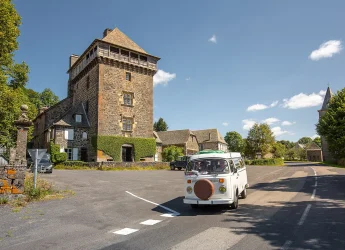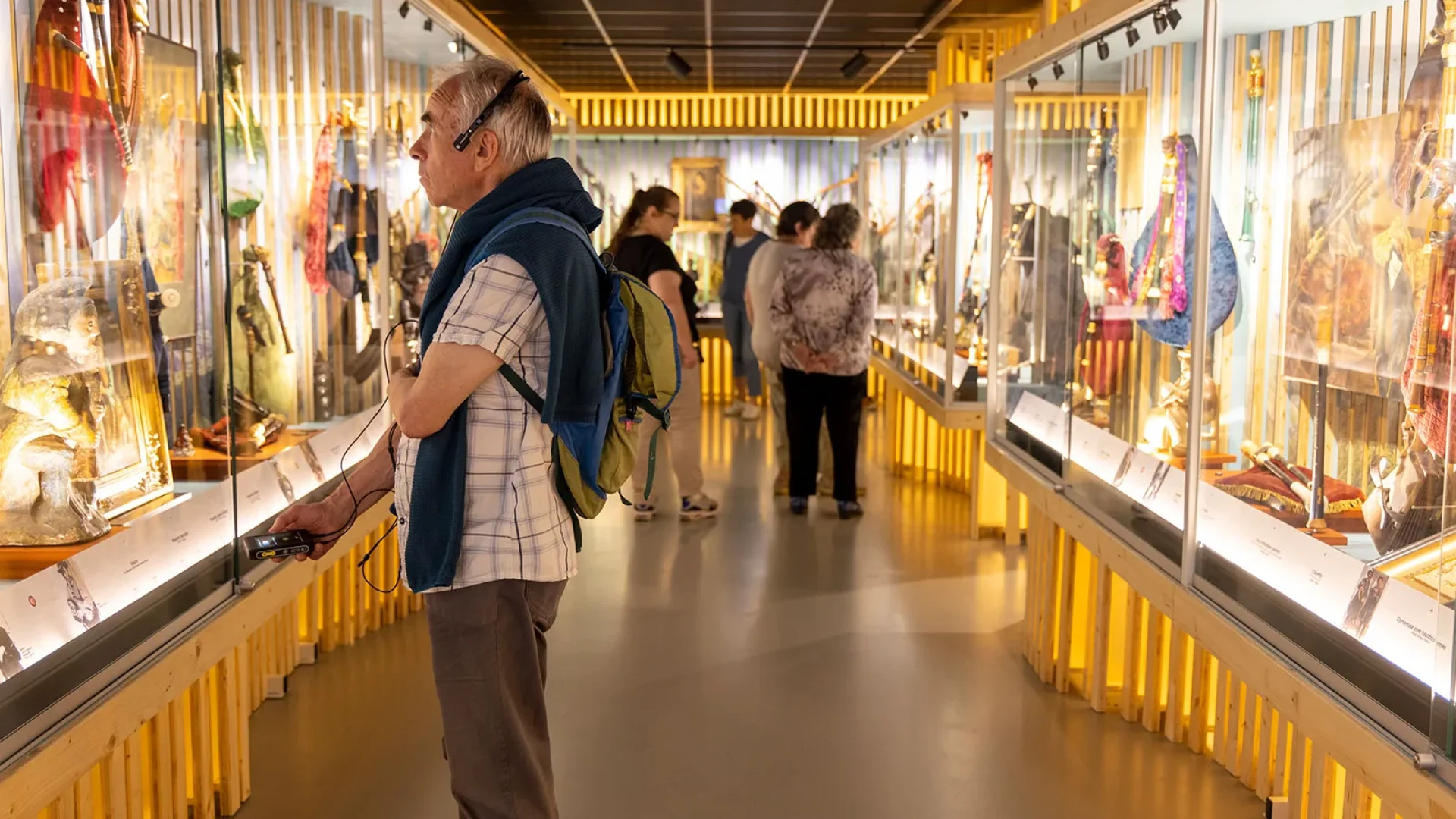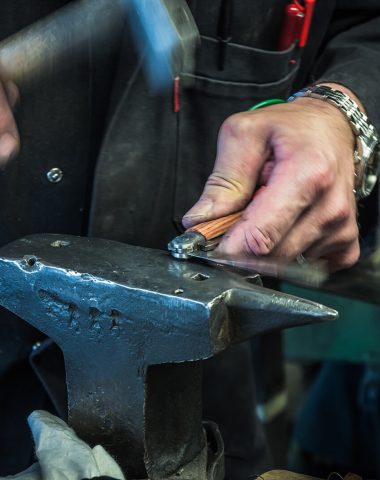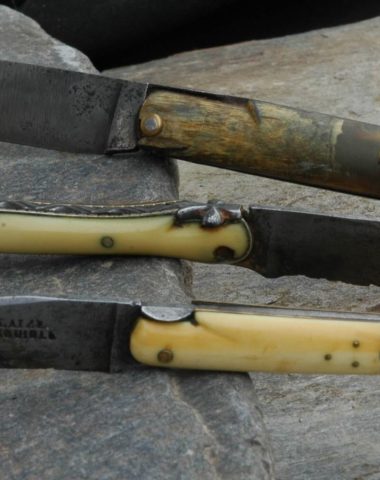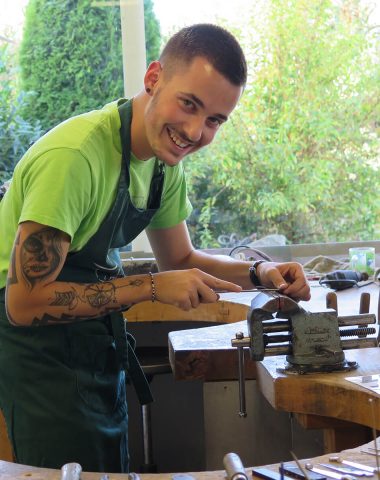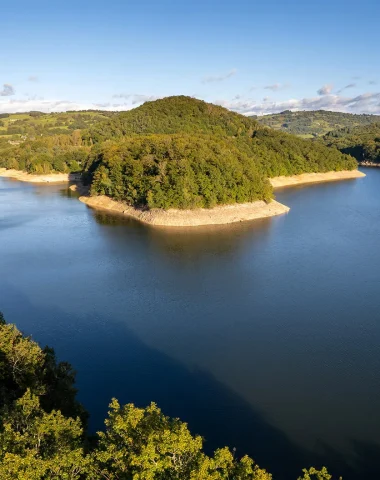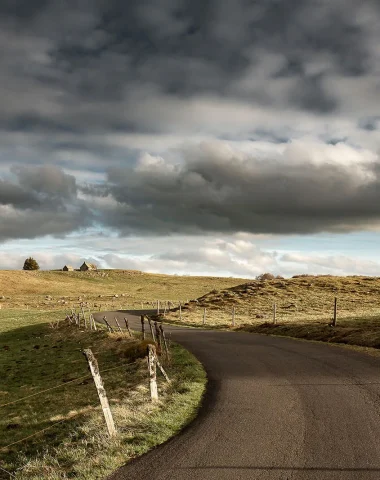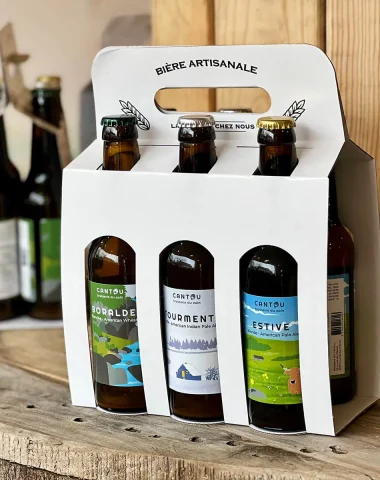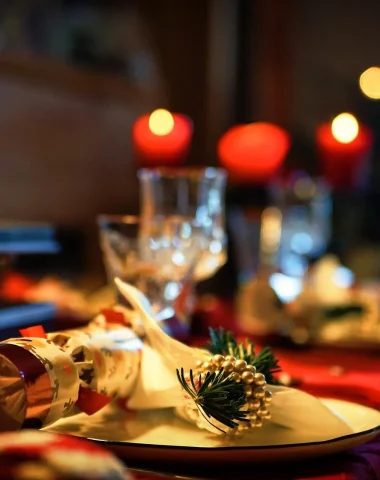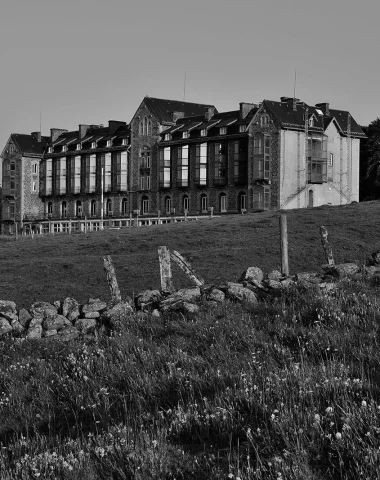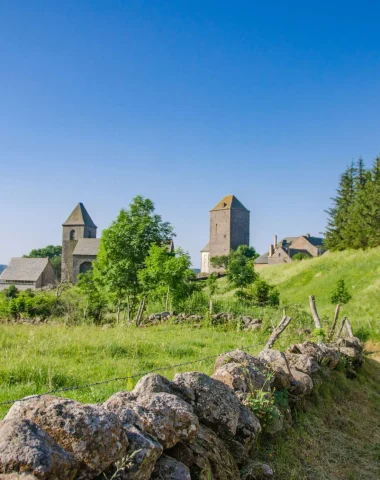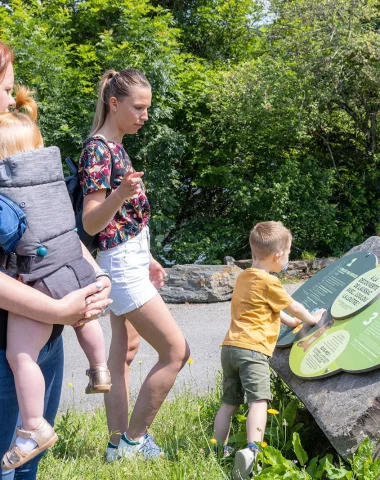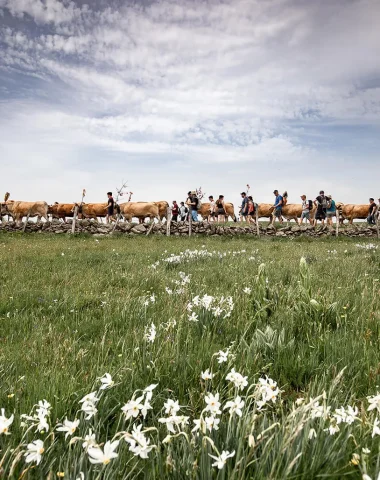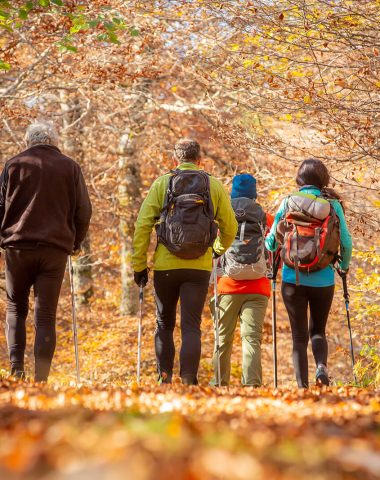Published on 28 August 2023
Reading time: 5 min.
Every year in September, lovers of culture and beautiful monuments flock to visit unique places. The European Heritage Days, created in 1984, aim to “show as many people as possible the extraordinary richness of our heritage”. For the 2023 edition, two themes are in the spotlight: living heritage and sports heritage, to echo the Paris 2024 Olympic Games. Our territory is rich in many traditions, still firmly anchored in the daily life of the inhabitants. Discover with us these marvels that make up the identity of Aubrac.
Heritage is the legacy of the past that we enjoy today and that we will pass on to future generations.
UNESCO
What is living heritage and sports heritage?
UNESCO, the global organization in charge of protecting heritage around the world, defines living heritage or intangible heritage as "oral traditions, performances, social practices, rituals, festive events, crafts tradition and knowledge and practices concerning nature and the universe". Sport is one of the elements that constitutes the living heritage of a territory.
Eight-pin bowling, our traditional sport
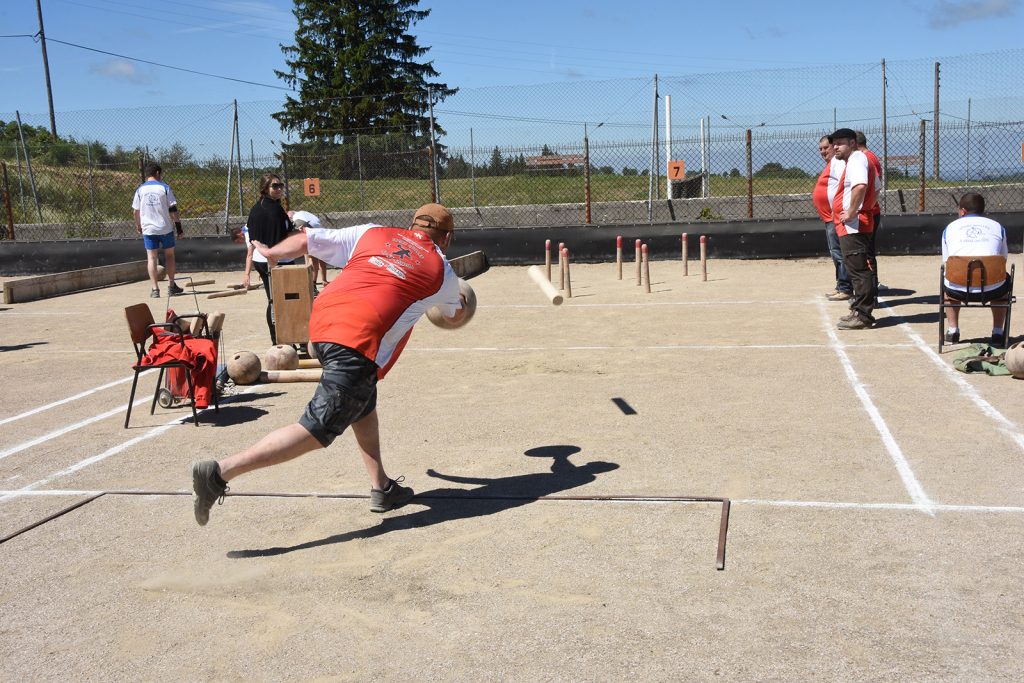
The Olympic Games which will take place in Paris in 2024 are an opportunity to highlight our traditional sports practices. In the North of Aveyron, throughout the spring and until the summer, you don't spend a weekend without hearing the dull sound of bowling pins clashing together. THE bowling eight characterize the emblematic sport, still practiced today by many licensees, young and old. The object of the game is to knock down the 8 upright pins using the quillou (the 9th pin), hit by a ball. Skittles are played on a clay court, indoor or outdoor, on a field 30 meters long and 6 meters wide. This discipline is played in several rounds and at increasingly greater distances. This sport is registered in theinventory of French intangible cultural heritage since 2012.
Traditional music and dances, friendly moments guaranteed
Accordions and cabrettes still resonate in our villages, especially in summer during village festivals and markets. There cabette is a wind instrument of the bagpipe family. This traditional music once enlivened the balls, especially those of the Auvergnats in Paris. THE local folk groups make it possible to discover and transmit our musical traditions, but also at the level of dances. HAS Vines, a small village in the very north of the department, there is a unique space of its kind: the Bagpipes of the World Museum. A world-class collection that is worth taking the time to discover.
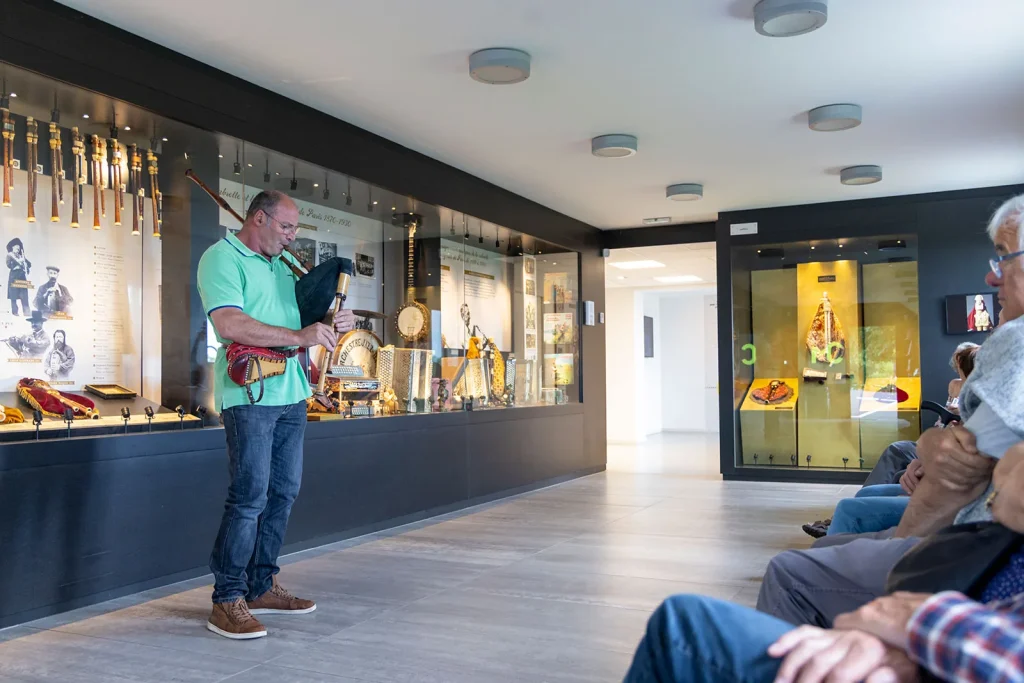
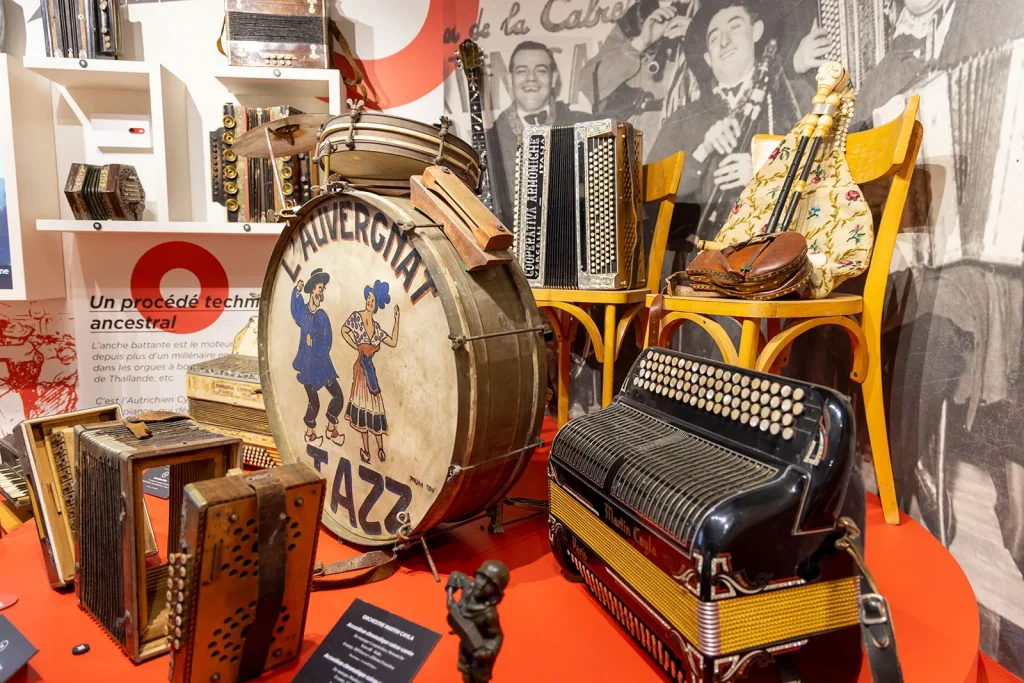
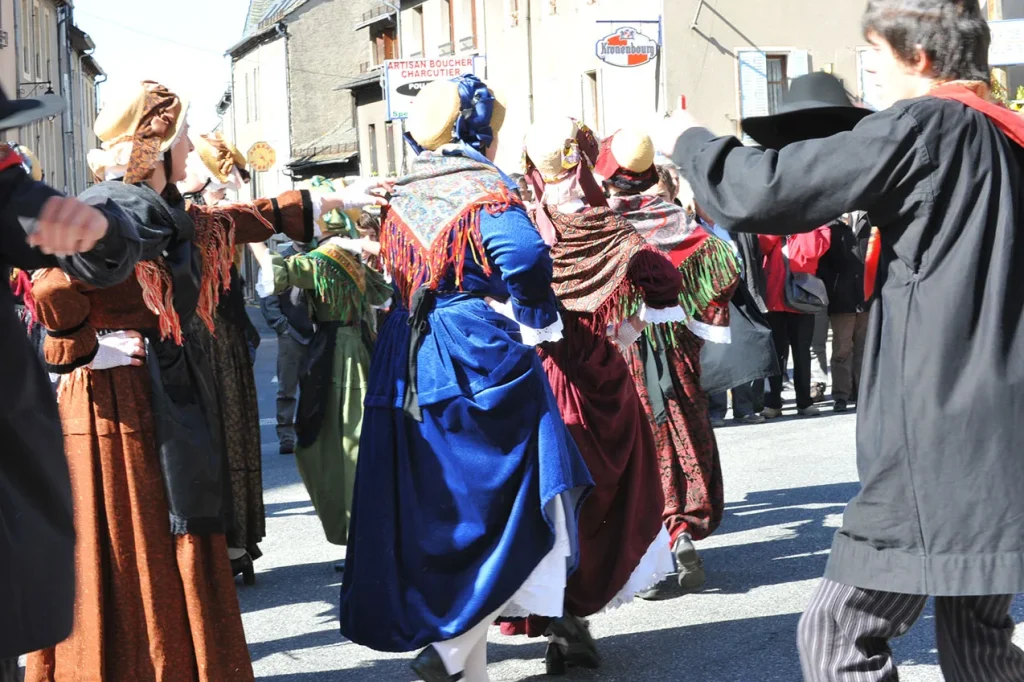
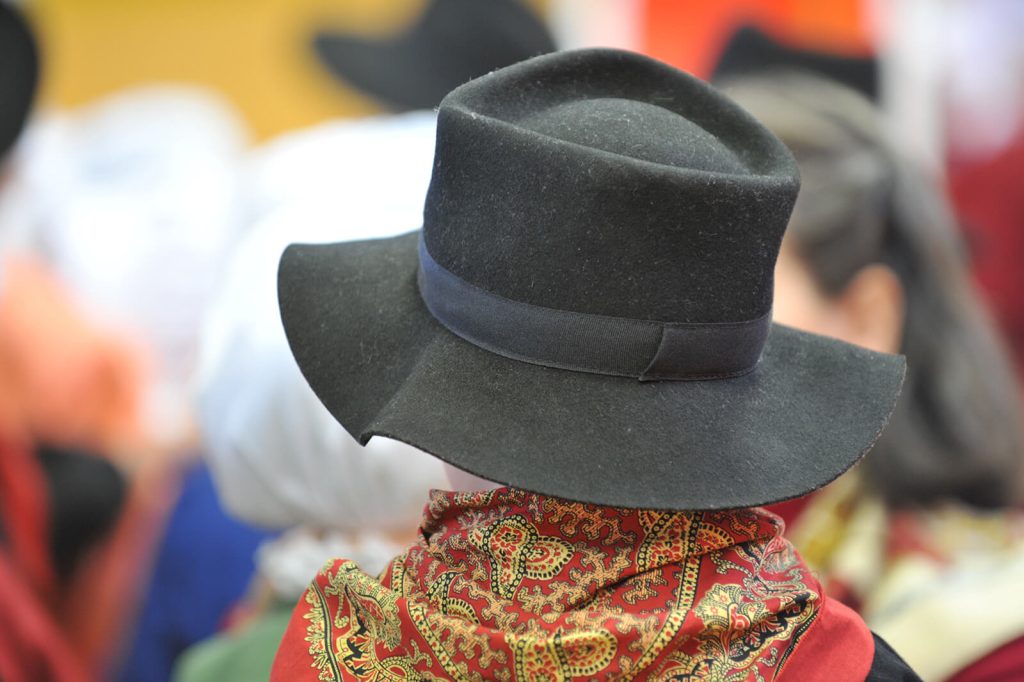
Agriculture: changing traditions, but which continue to mark practices
One of the main economic activities of our territory is theagriculture, especially animal husbandry. Practices have been modernized, but the work of farmers to have a Aubrac meat soft or quality milk to make the Laguiole PDO remain strongly linked to traditions. Every summer, the cows come up to the summer pastures, and have done so for generations. THE parties and events around breeding are still very present in the territory and attract many visitors every year: Transhumance, Festival of Gras Oxen at Easter, Livestock Festival, Aubrac Breed Competition, etc...
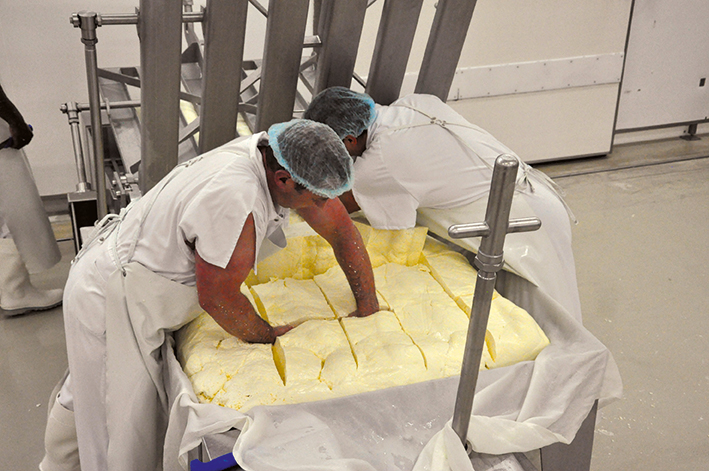
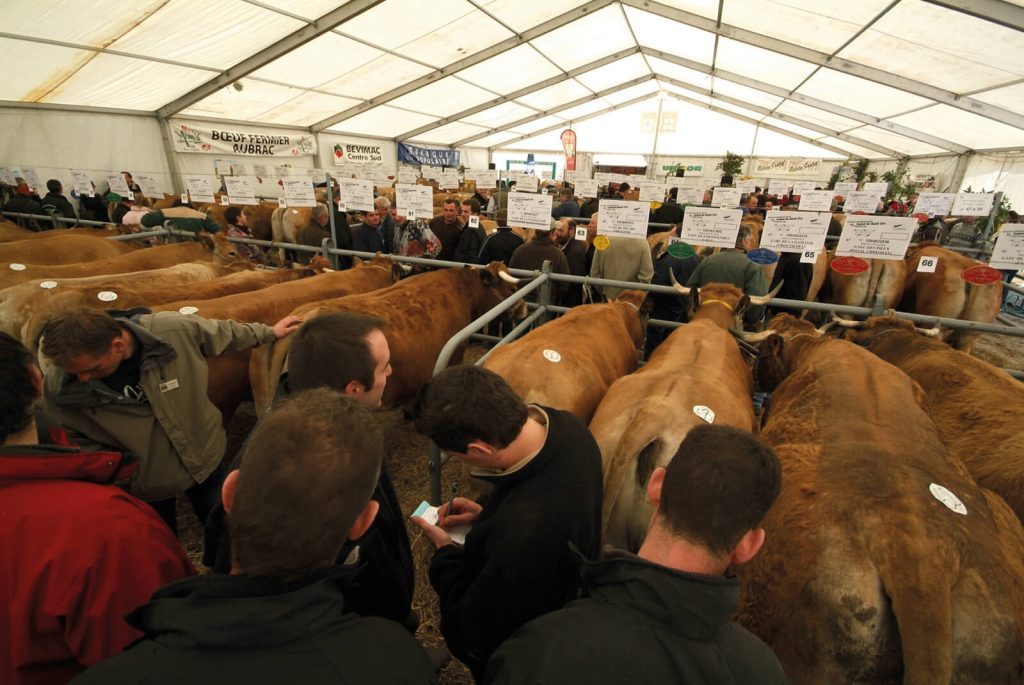
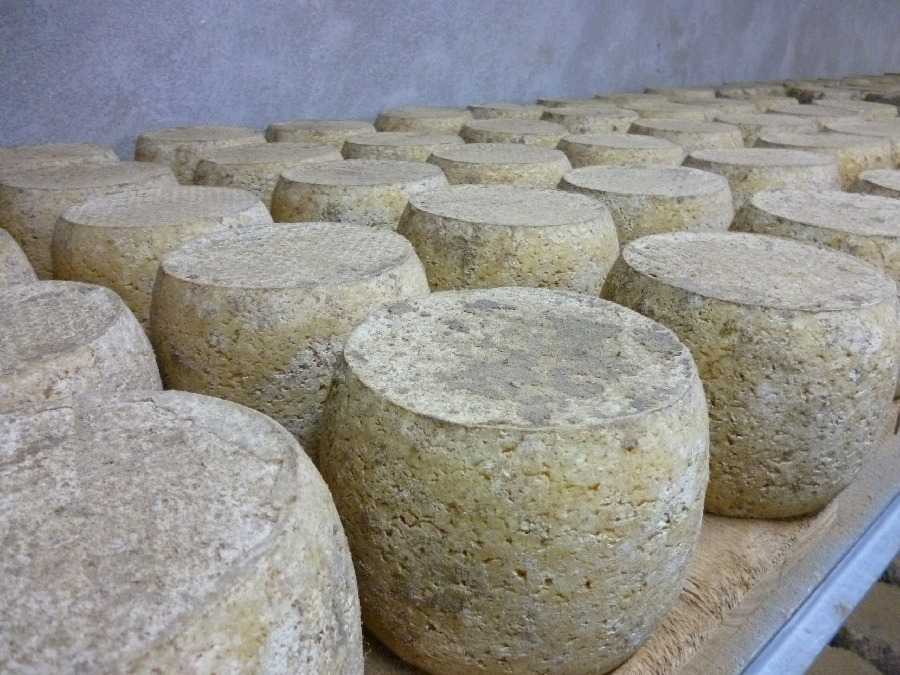
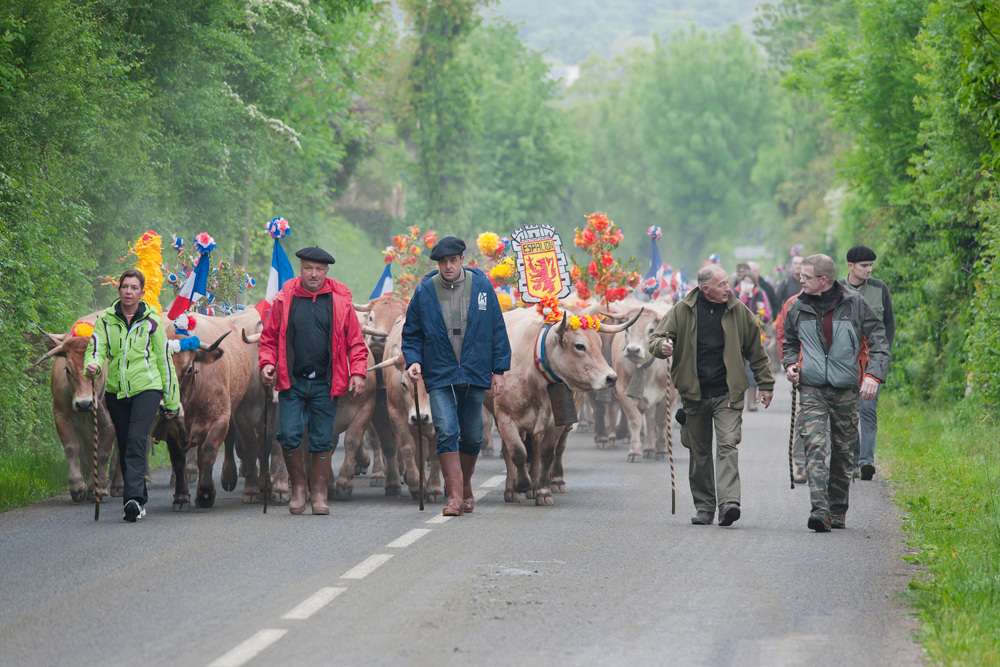
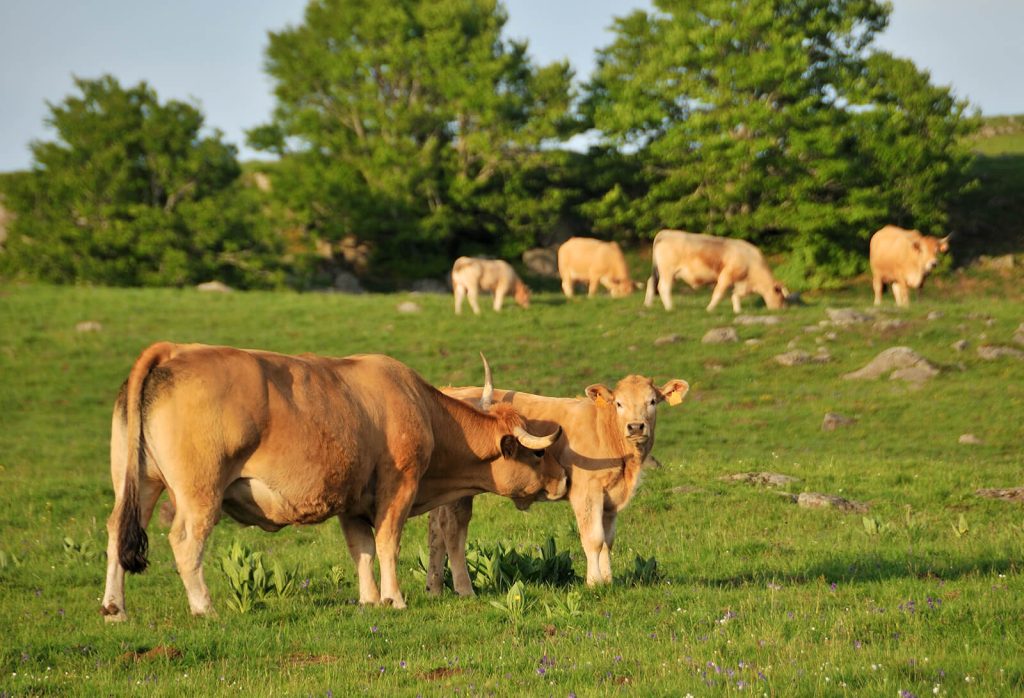
Laguiole knives: a living ancestral craft
We cannot talk about living heritage without talking aboutcrafts. The manufacture of Laguiole knives is a traditional activity, which despite some twists and turns in its history, has been able to endure over time, to become a real economy. THE workshops. of the village of Laguiole open their doors to you to understand how these emblematic knives are made.
cutlery
One of the most famous living heritages of our territory: the Laguiole knife.

The living heritage company label
In 2005, the State set up a label to promote know-how of excellence. Can claim the EPV label the “ unique companies that know how to reconcile innovation and tradition, know-how and creation, work and passion, heritage and the future, local and international ". This label, given for 5 years, highlights companies that perpetuate traditional know-how, but which are firmly rooted in the present. They help to bring our local heritage to life. In Laguiole, some cutlery shops have the Living Heritage Company label.
Themes
Was this content useful to you?
Thank you
Thank you for taking the time to let us know that this content was helpful to you. Your encouragement is essential to us, and your feedback allows us to improve.
Thank you
Thank you for taking the time to let us know that this content was not helpful to you. We're sorry about that.
Share this content
Share this content
You may also like...
- Top deals
- Experience
- Nature and landscapes
- Heritage
- Sport and activity
The lakes of Aveyron: top of the most beautiful lakes
Published on 08 Mar 2024
Reading time: 7 min.
- Top deals
- Nature and landscapes
- Heritage
- Visits
The top 5 things to see in the Aubrac regional natural park
Published on 17 Feb 2024
Reading time: 1 min.
- craft
- Experience
- Gastronomy
- Meetings
- Visits
Published on 15 Jan 2024
Reading time: 21 min.
- craft
- Top deals
- Gastronomy
- Nature and landscapes
- Heritage
- Sport and activity
The 10 good reasons to come to us
Published on June 15, 2023
Reading time: 7 min.


